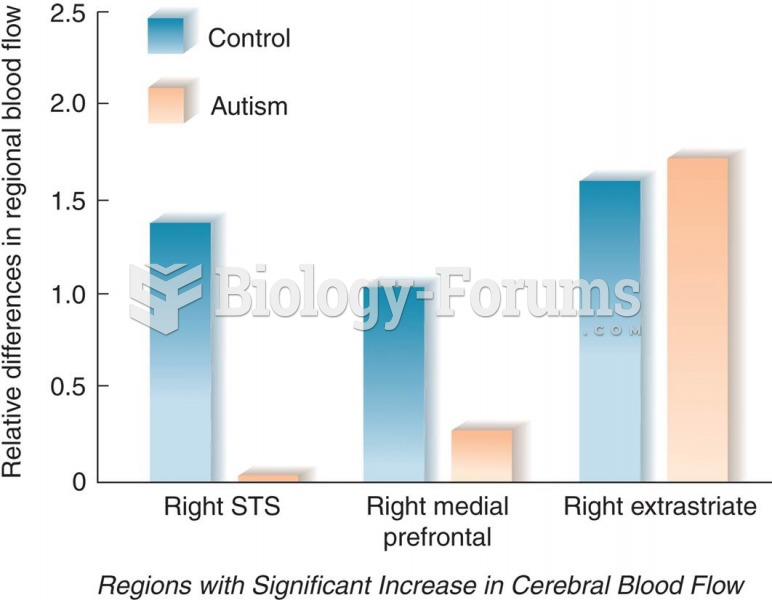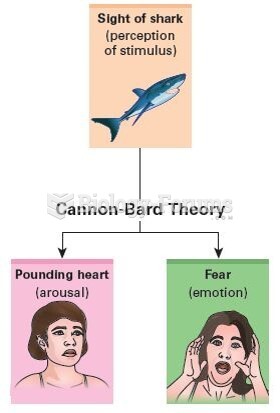Answer to Question 1
Answer: Cognitive dissonance theory says that participants in the 1/20 experiment who were paid 20 had sufficient external justification for lying to the other participant about how enjoyable the experiment was, so they had no reason to change their attitude. In contrast, participants who told the other participant how enjoyable the (boring) experiment was for only 1 were engaging in counterattitudinal advocacy under the condition of insufficient justification for lying. These participants could resolve their dissonance by deciding they really did enjoy the experiment after all. In contrast, self-perception theory emphasizes that people explain their own behavior in the same way that an objective external observer would explain it. Thus, if an observer saw someone tell another that he or she enjoyed what appeared to be a boring experiment for 20, that observer might be suspicious about whether the other person was telling the truth and might infer that the person only said he or she liked it because of the high pay. But if an observer saw somebody tell another that he or she enjoyed the experiment for only 1, the observer would be more likely to conclude that the person really did enjoy the experiment. Two key differences differentiate when each theory is applicable: dissonance theory assumes that people have clear, strong attitudes that they are contradicting with their behavior, and thus says that people experience arousal. In contrast, self-perception theory applies when attitudes are vague or unclear, and no arousal is assumed. Given the presumed clear attitude in the 1/20 experiment, cognitive dissonance probably was operating.
Answer to Question 2
Answer: You would be most likely to remember strong arguments from Candidate A and weak arguments from Candidate B. You would be most likely to forget weak arguments from Candidate A and strong arguments from Candidate B. This happens because individuals are motivated to rationalize and reinforce their initial beliefs. Due to this process, individuals are unlikely to change their opinions, even after watching a debate.







